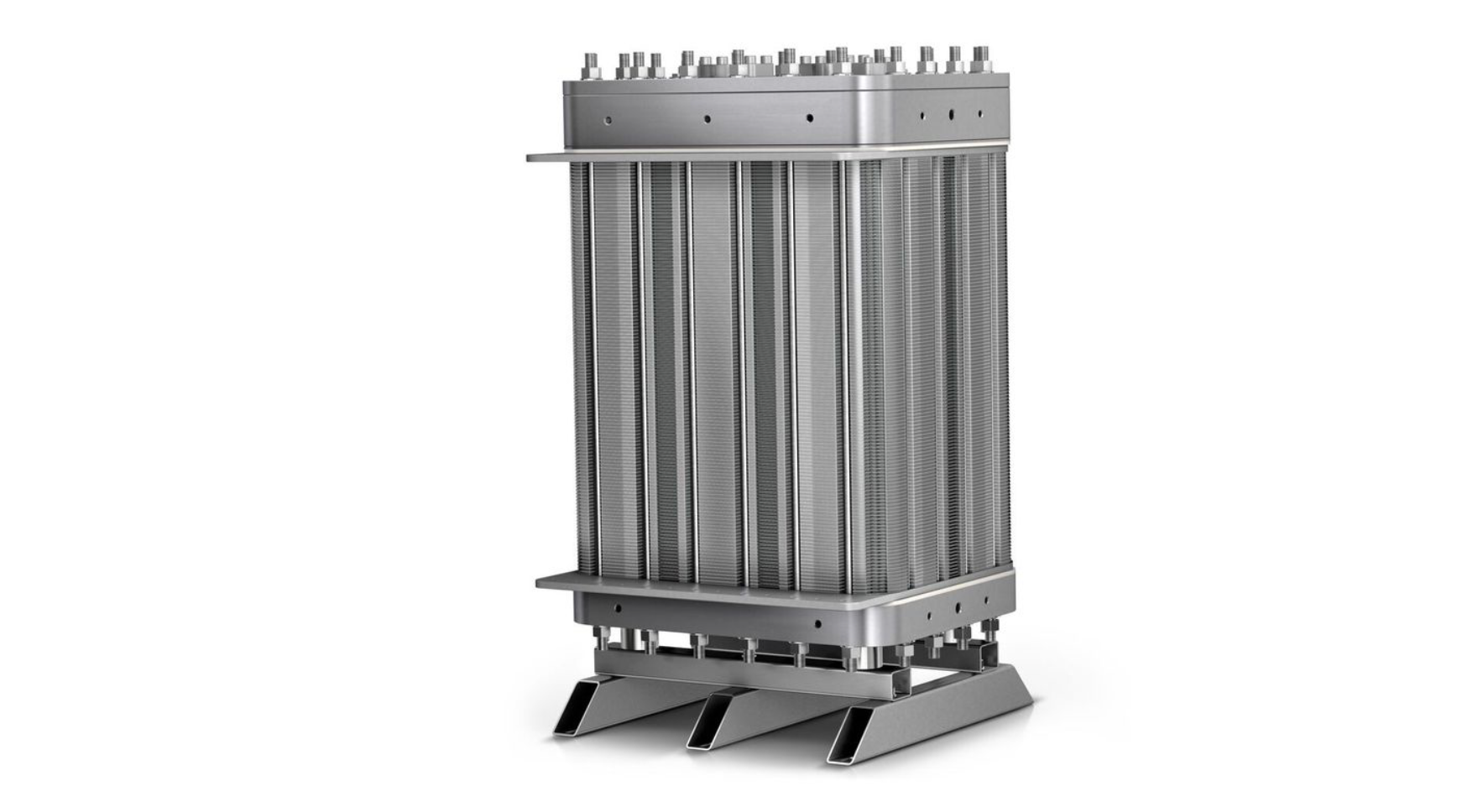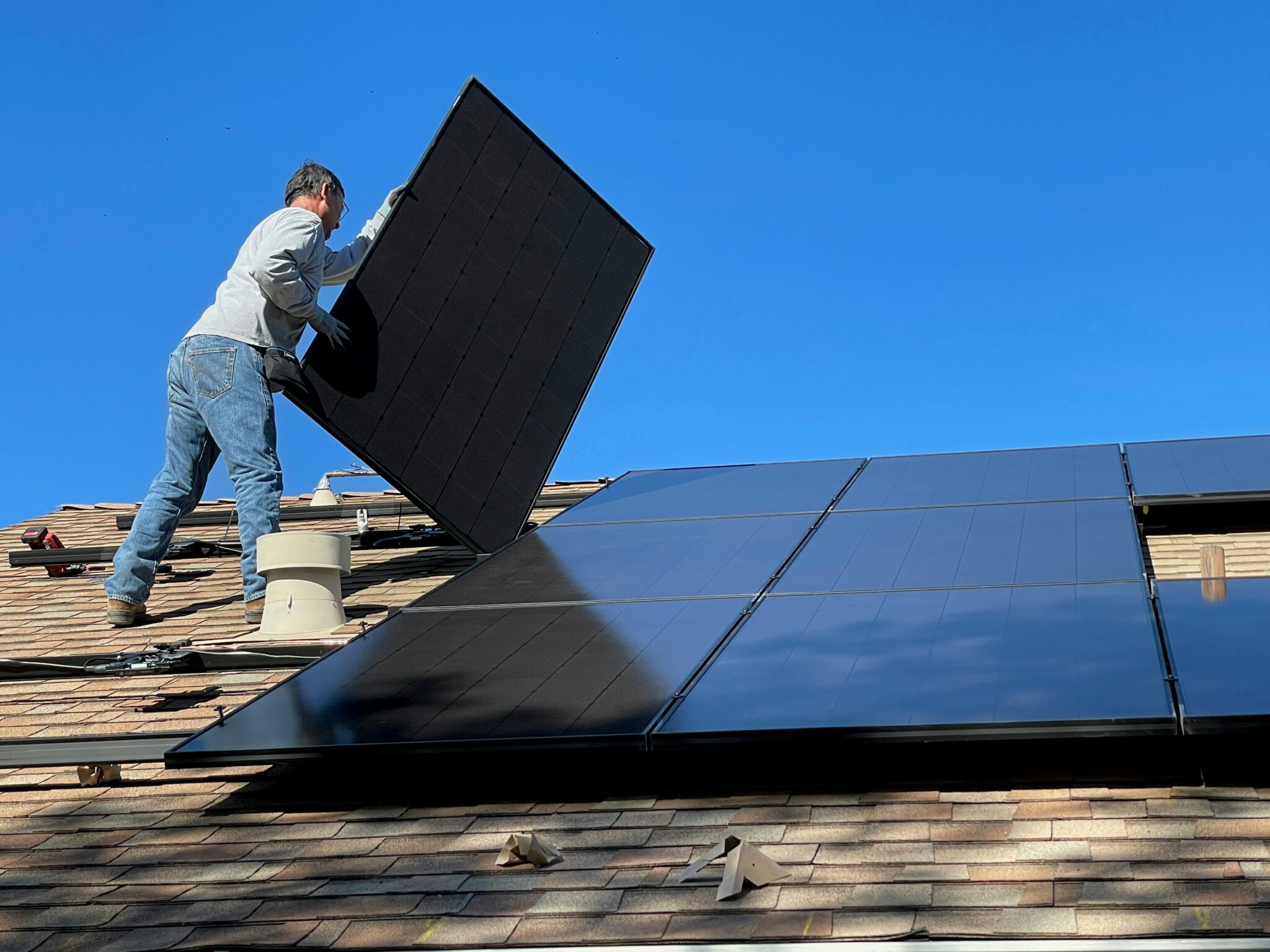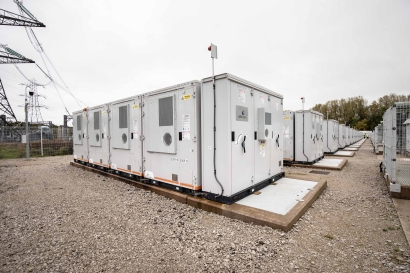Senate-passed budget bill risks American manufacturing, jobs and more
Industry leaders react to passage of the Senate-approved bill, warning it will pull the plug on domestic manufacturing, billions of dollars worth of investment, new jobs, lower energy costs and increasing clean energy capacity.

Industry leaders react to passage of the Senate-approved bill, warning it will pull the plug on domestic manufacturing, billions of dollars worth of investment, new jobs, lower energy costs and increasing clean energy capacity.
The solar industry is reeling from the narrow passage of the Senate’s budget bill that left most of the deep cuts to solar regulatory support intact. Much is at risk including the incredible manufacturing renaissance that’s taken place in the past three years, exploding job growth, energy costs and significant capacity additions to the U.S. energy grid.
Until the Section 201 solar tariffs were put in place in 2018, China was the main supplier in the U.S. solar supply chain. Once the Inflation Reduction Act (IRA) was put in place in 2022, the tide began to turn with the Solar Energy Industries Association estimating that the U.S. has seen solar manufacturing investments of $45.8 billion since passage of the IRA.
It takes time to set up manufacturing facilities and even longer to ramp up to full production. Many of the manufacturing investments that have been made over the last several years are just now coming online or coming online within the next year, Scott Moskowitz, vice president of market strategy and industrial affairs at Qcells, said on a recent call. “Many of those are supplying projects that we’re assuming would get tax incentives that are now at risk,” he added.
SEIA reported that $9.1 billion of these manufacturing facilities are operational, $15.6 billion are under active construction, and another $21.1 billion manufacturing investments are under development.
Companies invested in these facilities “with the knowledge that the government has their back to level the playing field,” Mike Carr, executive director of the Solar Energy Manufacturers for America (SEMA) Coalition, said in a statement.
“Today, the Senate selectively reversed course for just the technologies they apparently disfavor. As we have been telling Members of Congress for months, this bill will lead to a flood of Chinese imports, hurting U.S. manufacturing jobs and investments,” Carr said.
The bill will “pull the plug on homegrown solar energy and decimate the American manufacturing renaissance,” said Abigail Ross Hopper, president and CEO of SEIA.
“Despite modest improvements on several provisions, this legislation does not go far enough to remove the threat to one of the greatest economic success stories in American history,” Hopper said. “This bill makes it harder to do business in America for U.S. manufacturers and small businesses and will undoubtedly lead us to an energy-strained economy with higher electric bills over the next five years.”
“Make no mistake: the Senate bill will raise energy prices for American families and small businesses, slow the growth of U.S. manufacturing, and hand China the advantage in the global energy race,” the Coalition for Community Solar Access (CCSA) said in a statement.
With SEIA forecasting that 3.8 million job years will be lost by 2035 if the energy credits are cut, American Council on Renewable Energy (ACORE) President and CEO Ray Long said that “without changes, this bill will increase energy prices for consumers, threaten thousands of good-paying jobs, and all but guarantees we forfeit the AI race to China.”
Experts warn that energy costs will rise across the nation with the repeal of solar tax credits. The Clean Energy Buyers Association estimates that repeal of 48E and 48Y would lead to a national average 7% electricity price increase for households, and a 10% increase for businesses in 2026. Resources for the Future expects electricity price increases reach up to $300 to $400 per year in the upper Plains states. Edison Electric Institute said that for Texas, repeal of federal credits and funding would increase average annual household energy costs (electricity and fuel) by over $90 per year in 2030, and over $370 per year in 2035. According to Brattle Group, by 2035, loss of tax credits would result in $51 billion per year of additional customer electricity costs, across all customer classes
“Let’s be clear about who will pay the price if this bill becomes law,” said Hopper. “Americans’ electric bills will spike, American workers will be laid off, American factories will shutter, American communities will suffer blackouts, and American lawmakers will forfeit the AI race to China.”
“Congress is undermining its own credibility,” said Carr. “Our members have spent the past several months on the Hill talking to lawmakers about the implications of quickly terminating the Domestic Content Bonus and loosening restrictions on Chinese material assistance. It will kill jobs, create grid insecurity, and open the door for Chinese companies to control our energy grid.”
The industry has been on and off the “solar coaster” before and many industry leaders vow to forge ahead. “Despite today’s outcome, our members are resolved to keep delivering affordable, reliable energy for families, farms, and small businesses across this country,” said CCSA.
The bill now goes to the House where it can be changed before going to vote.
Anya Schoolman, Executive Director of Solar United Neighbors said, “We are calling on Republican lawmakers who have publicly expressed support for solar tax credits to restore the credits in the reconciliation process. Solar supporters in their districts are watching closely.”
What's Your Reaction?
























































